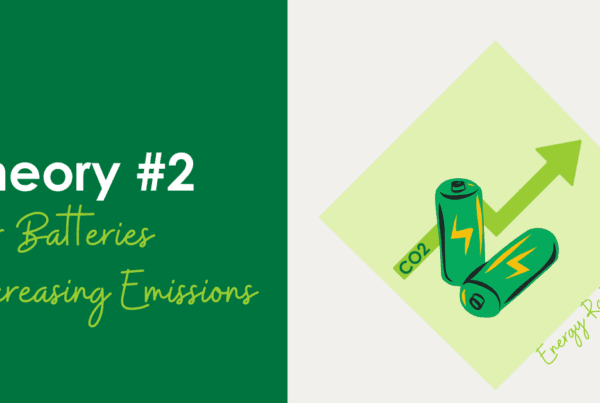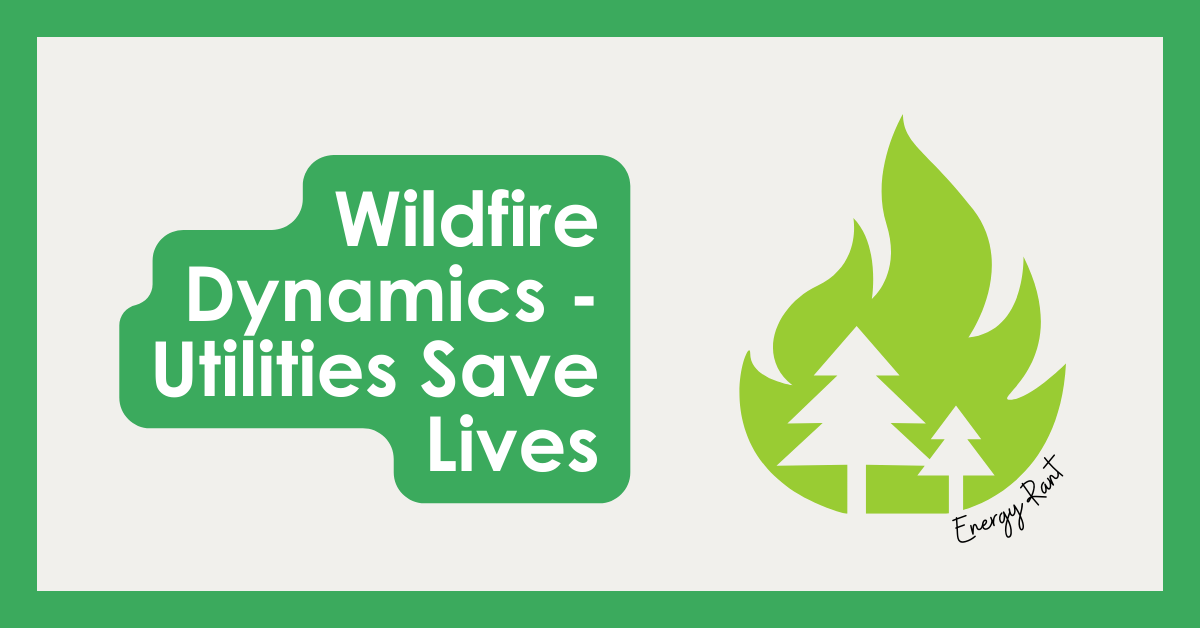
In this week’s rant, we are excited to include an epilogue written by Michaels Energy employee, Andrea Salazar. Read on to hear her story!
In 2023, I wrote that Americans are moving into regions susceptible to wildfires, heat, droughts, and floods because housing was less expensive in such locations. Homes in some places are built among fueling forests, while some communities are built with just enough fire spreaders to be dangerous.
A recent Wall Street Journal article, The Hidden Costs of Homeownership are Skyrocketing, drove my points home. Home insurance premiums are soaring – by more than 10% in 19 states in 2023—factor: floods, storms, and wildfires.
Non-mortgage costs are about 50% of mortgage costs or one-third of the total cost of homeownership. People typically buy what they can afford, so folks with 4% mortgages are likely to be just as stretched as those with more recent 7% mortgages.
The Journal article notes one Boulder, CO homeowner’s insurance and property tax bills at $7,000 and $5,400, respectively, for a ratio of 1.29. Homeowning readers can do their own calculations, but my ratio in La Crosse is 0.33. Whoa! My property tax is about the same, but my insurance is only $1,300.
Wildfires
On December 30, 2021, the Marshall fire destroyed 1,084 homes and burned over 6,000 acres in the city of Louisville and the town of Superior, Colorado, southwest of Boulder.
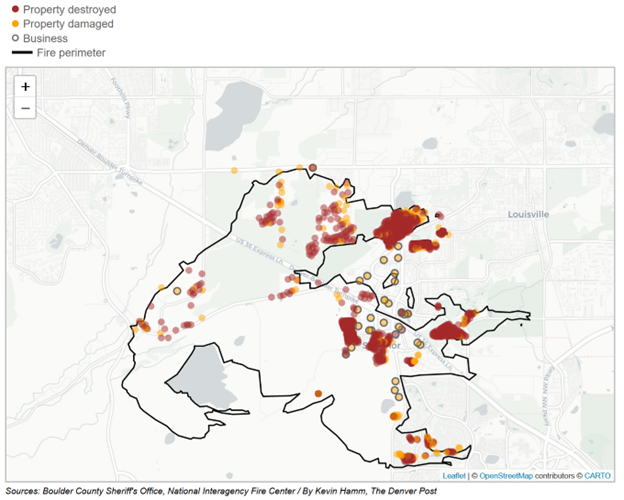 The fire spread via 100-mile-per-hour winds during the day, which may have saved lives compared to happening at night. The destruction was caused by an ember fire, illustrated and explained in the cartoon below from The Wall Street Journal. “The region’s historic drought is creating conditions in which embers burn hotter, travel farther, and more easily spark parched land. The drought is caused in part by climate change, according to scientists at Colorado State University’s Colorado Climate Center.”
The fire spread via 100-mile-per-hour winds during the day, which may have saved lives compared to happening at night. The destruction was caused by an ember fire, illustrated and explained in the cartoon below from The Wall Street Journal. “The region’s historic drought is creating conditions in which embers burn hotter, travel farther, and more easily spark parched land. The drought is caused in part by climate change, according to scientists at Colorado State University’s Colorado Climate Center.”
“Denver posted its driest and warmest period between June 1 and December 29 [,2021] —the day before the fire—since 1933, according to the Colorado Climate Center at Colorado State University. Those conditions followed an unusually wet spring that spawned a bumper crop of tall prairie grasses, which provided fuel for the fire.” Our folks on the ground in Colorado note that spring also came early, contributing to extra fuel growth.
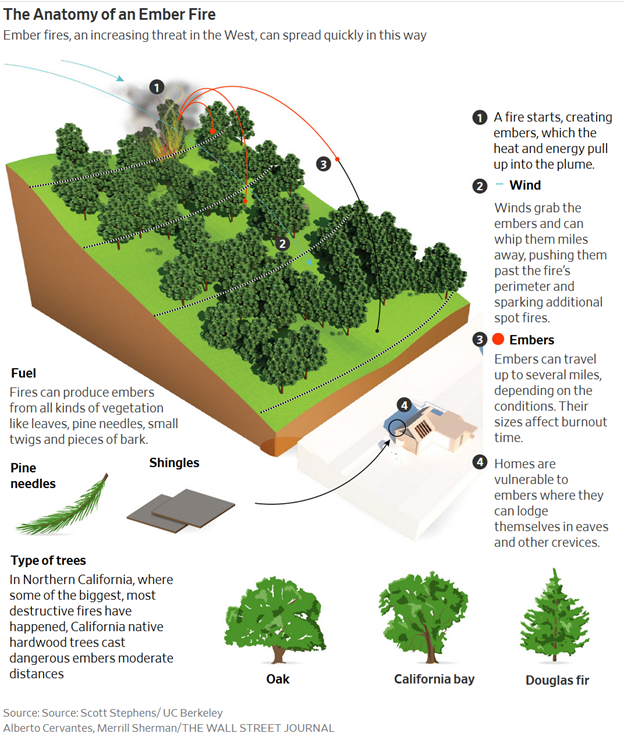 Smithsonian Magazine adds that wildfires are gaining severity because of reflexive snuffing out manageable fires, “allow[ing] fire-fueling shrubs and trees to accumulate in unburned areas,” and that “meanwhile, more people are moving into wildland areas, increasing the chance that someone will ignite a fire or be in harm’s way when one begins to grow.”
Smithsonian Magazine adds that wildfires are gaining severity because of reflexive snuffing out manageable fires, “allow[ing] fire-fueling shrubs and trees to accumulate in unburned areas,” and that “meanwhile, more people are moving into wildland areas, increasing the chance that someone will ignite a fire or be in harm’s way when one begins to grow.”
Wildfire dynamics are significantly more complex than The Wall Street Journal cartoon shows. Fires create conditions that are not unlike thunderstorms; they can actually develop thunderstorms with lightning strikes to start more fires. The rising hot air cools, condenses to form clouds, and eventually falls rain. The rain evaporates in dry air, rapidly cooling it and causing downbursts (wind). It’s a giant engine.
A photo from the Colorado Sun, apparently upstream of the fire (rather than from the side shown above), resembles the pattern.
 Utilities and Wildfires
Utilities and Wildfires
Wildfires, of course, are somewhere between migraines and nightmares for utility executives. The Marshall fire is still under investigation, and the Oracle, Warren Buffet, who’s made fortunes on utilities (and the tax code), has recently noted that wildfires are undermining his utility-investing strategy.
In usual unfortunate fashion, The Wall Street Journal reported on December 30, 2021, that “The [Boulder County] sheriff said preliminary reports pointed to down power lines as the cause [of the Marshall fire].” On January 1, 2022, The Journal reported, “Sheriff Pelle said utility officials found no downed power lines around where the fire broke out.” Well, the December 30th horse left the barn, and that is unfortunate.
Utilities in California and Oregon[1] have cut power to mitigate the risks of starting deadly wildfires. These are known as Public Safety Power Shutoffs or PSPS in California.
With the Marshall fire and resulting loss and pain fresh (so fresh that many who lost homes are still without them) in executives’ minds, Xcel Energy cut off electricity to 55,000 customers over the weekend of April 6-7, 2024, to avoid another catastrophe. The move was met with Monday morning quarterbacking from the Governor, Jared Polis. “Shutting off power to customers is a serious and challenging decision that should only be done as a last resort,” Polis wrote to Xcel Energy’s Colorado President.
Well, Governor, the last resort must occur before a fire breaks out. Polis wants the PUC to “put protections in place to ensure that future decisions around service shutdowns occur when they’re ‘consistent with the public interest and when absolutely necessary.'” Maybe the Governor would like to be on call 24/7 to make these decisions in the future. According to the Denver Post photo below, Xcel Energy’s call to cut power looks brilliant to me!
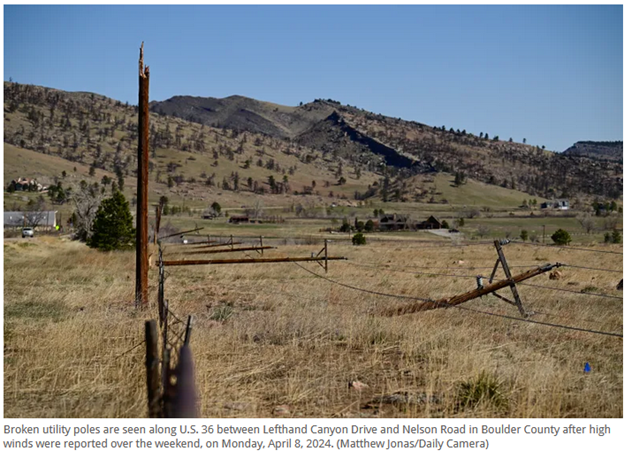 Sure, emergencies can always be handled better, but focus on the immediate problem or emergency to avoid catastrophes. “We stand by our decision to protect the public from wildfire risk in this recent weather event, and we firmly believe our actions contributed to preventing a wildfire this weekend,” an Xcel Energy spokesperson wrote. Hear, hear!
Sure, emergencies can always be handled better, but focus on the immediate problem or emergency to avoid catastrophes. “We stand by our decision to protect the public from wildfire risk in this recent weather event, and we firmly believe our actions contributed to preventing a wildfire this weekend,” an Xcel Energy spokesperson wrote. Hear, hear!
Lawmakers must understand that customers/citizens will ultimately fund any corrective actions, penalties, fines, or lawsuits inflicted on utilities. Warren Buffett is correct when he says piling on utilities increases the risk profile and, with that, the cost of capital and high bond yields necessary to finance preventive measures and operating costs, which, of course, are passed on to customers.
In the meantime, my recommendations to homeowners and businesses include resilience measures, including self-generation or storage assets commensurate with their specific tolerance for inconvenience. I have a small $500 generator to keep the refrigerator, a few lights, and the WiFi powered. While I wouldn’t be cheering, I’d welcome a two-day scenario under those conditions compared to a lost home.
Epilogue, by Andrea Salazar
I experienced the Marshall fire while living in the neighboring city of Lafayette, Colorado. My mom and sister had to be evacuated. Meanwhile, my husband and I flew to Denver from Maryland with our five and seven-year-old children, and I’ll never forget the panicked thought that overtook me of “coming home to no home.” Nor will I forget the smell of smoke all the way out at DIA (a good 40 miles away from the fire) as we drove home to what we hoped was still a home.
Not only were entire neighborhoods and numerous businesses affected, but my dear aunt, in whose yard I was married, suffered a total loss. By total loss, I mean there was nothing left. The fire was so hot it melted granite, appliances, diamonds, and everything in its path, as you can see in the photo below. Fire survivors had to dig out and replace their foundations (at their own cost—insurance doesn’t cover foundations) because the sites were toxic waste.
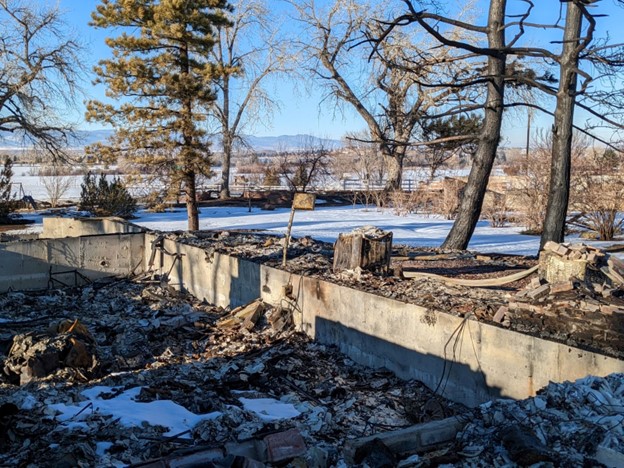 While photos of fires and fire damage can look horrific, they are much worse when they are personal. Environmental disasters were always happening to someone else who wasn’t me because I didn’t live in “x” type of environment, or because of some other rationale that kept me safe (in my mind).
While photos of fires and fire damage can look horrific, they are much worse when they are personal. Environmental disasters were always happening to someone else who wasn’t me because I didn’t live in “x” type of environment, or because of some other rationale that kept me safe (in my mind).
The site in the photo above was my aunt’s bedroom, where she recovered from cancer and where I got ready for my wedding years later. If you compare the image above to the photo below, you can sort of line up the boundaries of the yard. Not only can you see the loss of beautiful old trees, but the photo was taken from a balcony at the back of the house that used to be there, but is gone, as is the entire house.
 More than two years after the fire, on the weekend of April 6-7, 2024, my aunt had been in her new house for less than a week. The high wind and fire warnings gave her (and me) PTSD-related anxiety. At 70 years old, she had to sleep with a noise machine for the first time in her life to block out the sounds of the hurricane-force winds. While she and my mother, amongst many others, lost power, I am grateful that Xcel Energy kept her and so many others safe. CBS News reported that “the darker night Saturday night was a welcome solution” for other fire survivors.
More than two years after the fire, on the weekend of April 6-7, 2024, my aunt had been in her new house for less than a week. The high wind and fire warnings gave her (and me) PTSD-related anxiety. At 70 years old, she had to sleep with a noise machine for the first time in her life to block out the sounds of the hurricane-force winds. While she and my mother, amongst many others, lost power, I am grateful that Xcel Energy kept her and so many others safe. CBS News reported that “the darker night Saturday night was a welcome solution” for other fire survivors.
As we continue to face the adversities of climate change, let us think first of safety and human lives instead of convenience and the money in our bank accounts. Let us develop empathy and compassion for those who suffer, whether they are our neighbors or across the ocean. The climate crisis affects us all.
[1] Oregon includes Warren Buffett’s PacifiCorp electric utility.

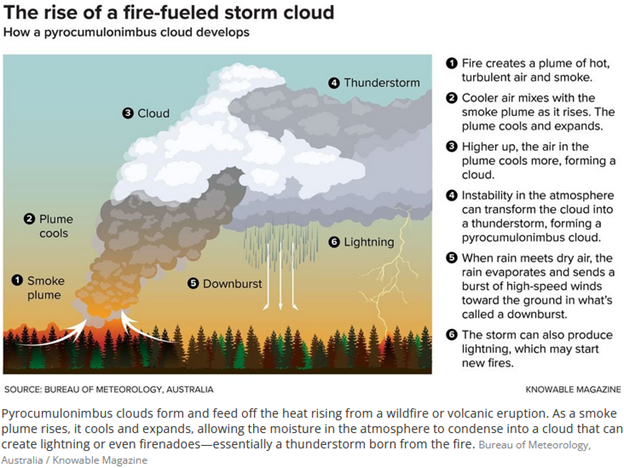
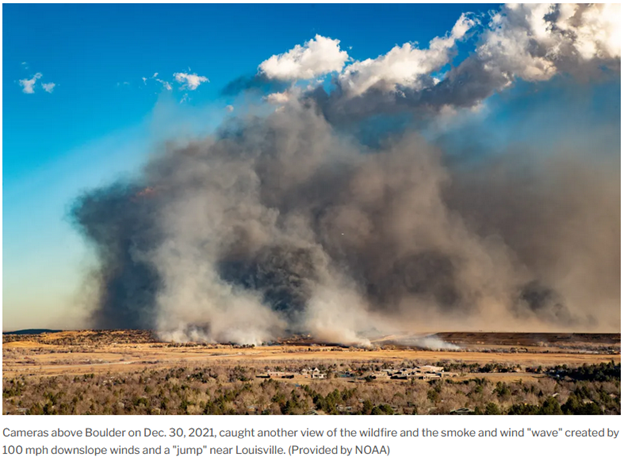 Utilities and Wildfires
Utilities and Wildfires